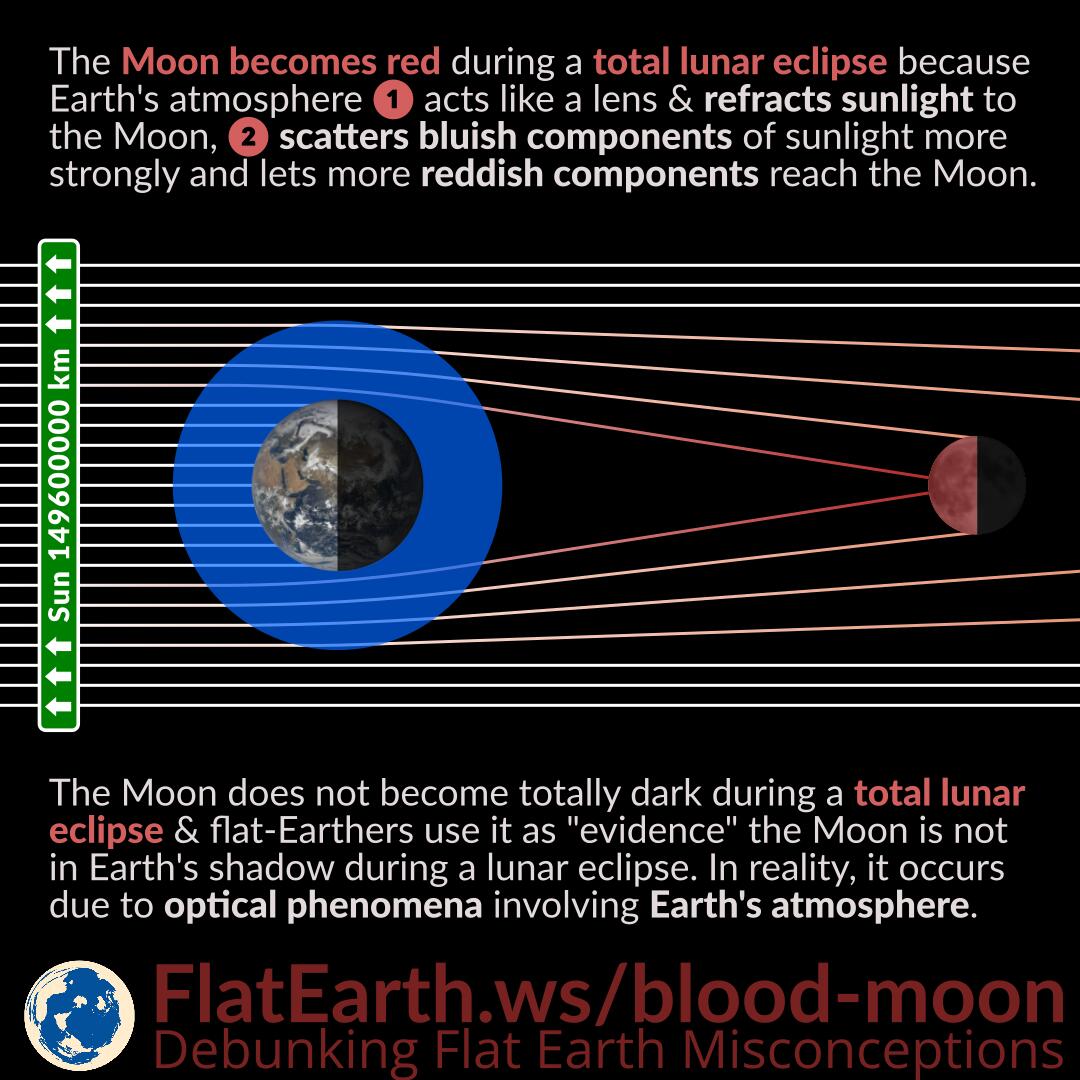The images showing the progress of a lunar eclipse were taken in increasing exposures to compensate for the decrease in brightness. The exposure increase from full moon to totality can reach 12EV or 4000× increase in light-gathering power.
Images showing the progress of a lunar eclipse appear in a constant brightness, and flat-Earthers —presumably never seen it in person— use it to “prove” a lunar eclipse is not caused by Earth’s shadow. In reality, the images were kept in a constant brightness by increasing the exposure of the camera.
Continue reading “Constant Image Brightness in Images of a Total Lunar Eclipse”



